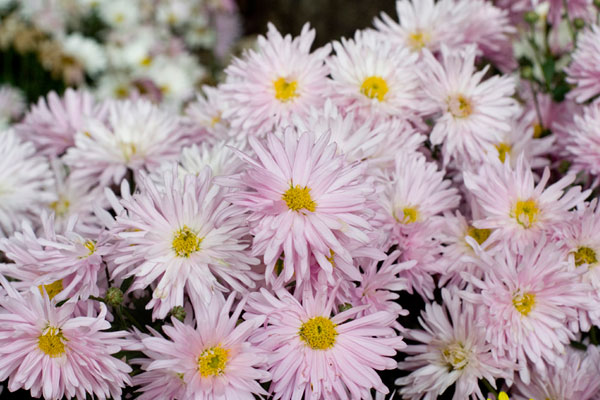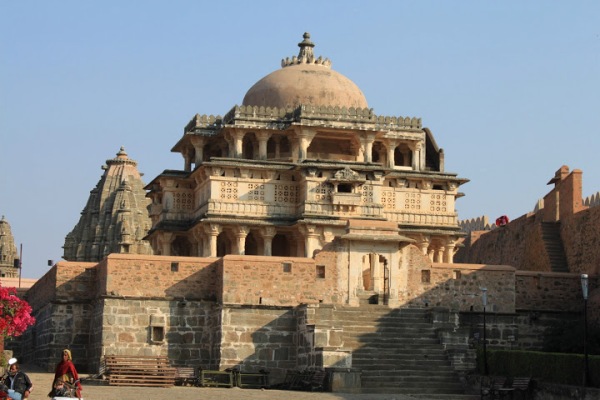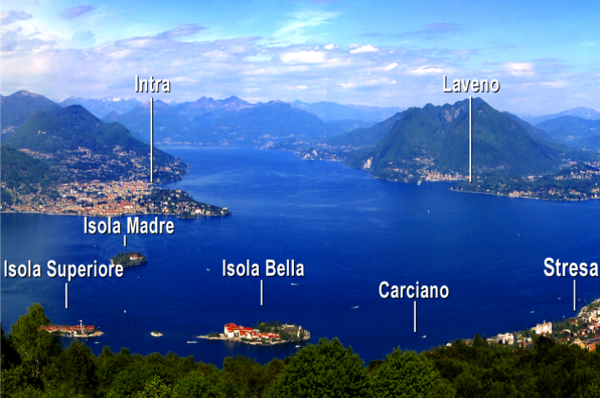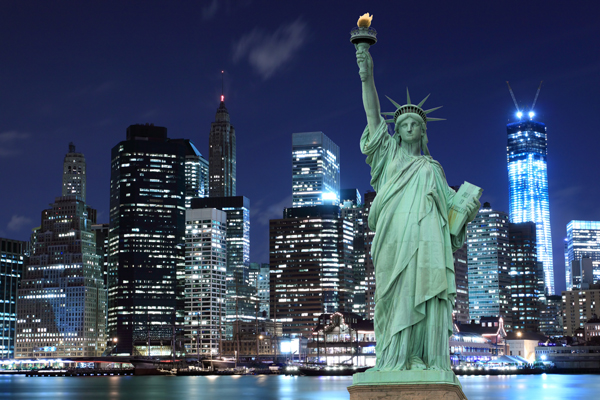In Awe of how Artisans Woo This Regal Bloom
“Kiku” is the Japanese word for Chrysanthemum.
After residing in Japan for some 28 years, I understand that the Japanese relationship with this beautiful flower is deep, intricate and somewhat mysterious especially when you are a newbie visitor.
I happen to live next to Japan’s second largest cemetery called “Kuboyama Bochi” (Bochi is the word of cemetery) so people from around the country come to do “Ohaka Mairi” which means “visiting the graves and praying for the Spirits who have gone before us”. The graveyard is actually a grave mountain because of the hilly area and the fact the face of the mountain offers a clear and direct view to the ocean of Yokohama Bay. It seems that having a good view for your loved one will help them rest in peace and feel comfort on the other side of things.
The area bustles with visitors during the “O-bon” season during Summer and official looking traffic officers guide automobiles and buses along the road which is closed off for only one way travellers. Every visitor walking along the road is holding a bundle of flowers and each one will include a crisp white Kiku (Chrysanthemum) bloom.
Many stop at nearby flower or tea shops and pick up the set bouquet on their way to the cemetery. You will notice these flowers, freshly cut and prepared at 7-11s and other convenience stores as well. Often times, the “grave” flowers look very similar to other bouquets you might take to your friends home party or hospital room. The “grave flowers” are also usually displayed along with other bouquets too! How confusing! I once had my friend bring me a bundle of grave flowers as a gift for my dinner party. I don’t mind at all, and quickly put the lovely blooms in a vase, but I would think this would be a surprising gift for most Japanese friends. Especially if they are ill and in the hospital. A bunch of grave flowers as a hospital visitation gift could lend a sense of foreboding to the general atmosphere to say the least!
I have the impression that Japanese people see the Kiku as solemn and majestic. There are some 300 varieties in Japan but the white flower is held in esteem and is not used in celebrations as much as in ceremonies that require introspection and quiet. Maybe it is the soft way those velvety snow-white petals come together to form a lovely round orb but at the same time are drooping out and down in a slightly sad way. Their stems are straight and the dark green balances the rich white in a stately way. The Kiku is like someone who has been through hardship or despair, yet stands proud and stronger for the experience.
Am I imagining too much? I would like to sit down with an Ikebana master and ask all the intricacies of flower art in the Japanese soul. I find a deep connection there as I am sure so many of us around the world can share. The texture, scent and stature of the Kiku brings to mind a discreet luxury, a solemn calm.
In October and November, you will see displays of Kiku in train stations and temples. “Kiku Matsuri” or Kiku Festivals abound and I definitely recommend you take the three hour trip to Yahiko in Niigata Prefecture and visit the Kiku Matsuri at the Yahiko Shrine. We were knocked off our feet by what we witnessed from the Kiku Artisans represented at this festival.
The entire walkway to the temple was lined with little booths displaying the beautiful Kiku works from around the country. Inside the temple grounds were the award-winning miracles. From afar, I thought the dome of evenly separated, perfectly round white Kiku was some type of frame in which the Kiku blooms were carefully set in the style of a May Day or Rose Parade style back home.
But with one closer look, I realized those blooms, the hundred or so that I could see, were actually extending out of a single Kiku trunk.
How meticulous and perfect was this work of flower art! The life in the branches is slowly nurtured and ushered into a delicate sphere of delight. I think of the yearly challenge as the perfect blooms fade and drop to the ground. The caretaker must diligently clip and prune to make sure the flowers find rest in a delicate balance for the new season. I am utterly amazed at the absolute dedication I imagine must be required to complete this feat year in and year out.
Praise to the regal Kiku and praise to those who carefully protect its unique and respected position within the myriad flower world of Japan.










